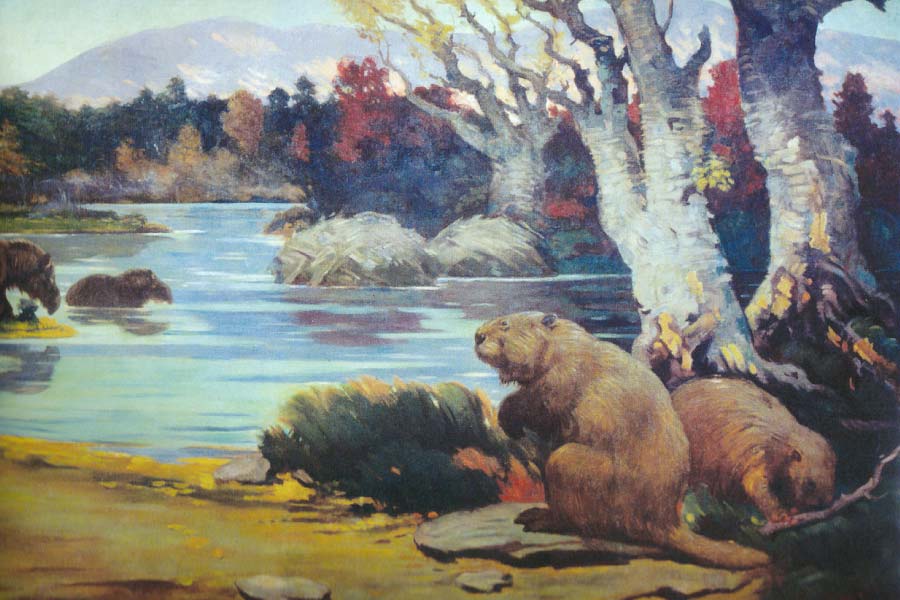
Animals Of The Stone Age: A List Of Stone Age Animals With Pictures & Facts
Animals Of The Stone Age
Animals of the Stone Age include the cave bear, dire wolf, Glyptodon, marsupial lion, Mastodon, Smilodon and the woolly mammoth. Stone Age animals co-existed with early humans and their ancestors, who by the end of the Stone Age had spread across Eurasia and into The Americas.
- You can find out more about these and other animals of the Stone Age in the list below.
What Is The Stone Age?
The Stone Age is a period in history during which humans and their ancestors made and used stone tools. It began around 3.3 million years ago and ended between 5,000 and 2,000 years ago, depending on location (stone tool use began and ended at different times in different parts of the world).
Much of the Stone Age is included in the Pleistocene epoch, a time in the geologic time scale that began 2.58 million years ago and ended 11,700 years ago.
Towards the end of the Stone Age, humans switched from being hunter gatherers to farmers. The Stone Age finally came to a close when the use of metal (particularly bronze) became widespread.
Glacial Cycles
The climate of the Pleistocene epoch was dominated by glacial cycles. During glacial periods, much of the planet’s northern and southern hemispheres were covered by ice sheets. These glacial periods were interspersed with warmer periods known as interglacials, during which the ice sheets would retreat.
The Ice Age
The last glacial period began 115,000 years ago and ended around 11,700 years ago. It is known as the Ice Age, although the name can also refer to the whole Pleistocene Epoch.
Extinction Of Stone Age Animals
The animals in this list of Stone Age animals are all known or believed to have existed alongside humans and their ancestors.
Hunting by humans is one of the two main causes of extinction of stone-age animals, the other being a warming of Earth’s climate that followed the end of the last glacial period, which occurred around 11,700 years ago.
Many animals of the Stone Age had evolved to live in cold climates and were unable to survive the lengthy interglacial period that followed the end of the Ice Age.
Castoroides (Giant Beaver)Castoroides - Giant Beaver
Where found: North America
Castoroides, also known as the giant beaver, was a bear-sized member of the beaver family Castoridae. It appeared in the late Pliocene and lived through most of the Pleistocene. Two species of giant beaver have been identified.
The largest giant beavers grew to around 2.5 m / 8.2 ft in body length. The incisor teeth of Castoroides were much longer than those of modern beavers, reaching around 6 in. / 15 cm in length. Its tail was also longer and thinner.
The giant beaver is thought to have had the same, largely aquatic, lifestyle of living beavers.



